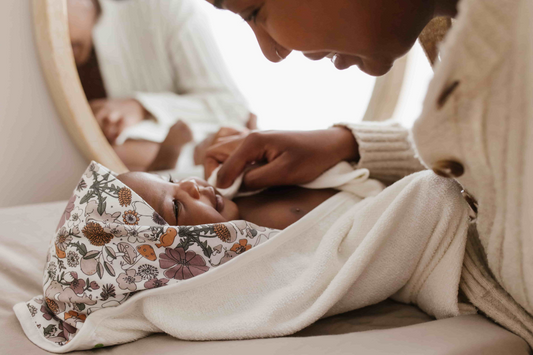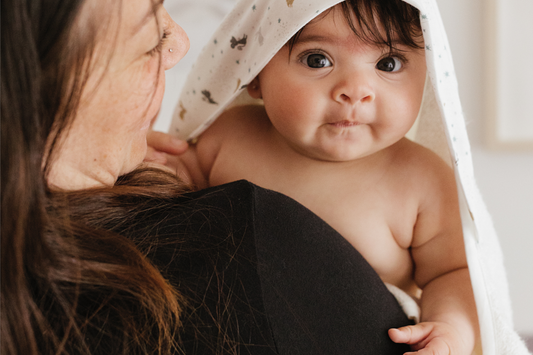Tips & Tricks
All articles

Baby clothes: Top tips for newborn clothes and ...
Parents who are expecting their first child (or their tenth!) may experience sensory overload. There are a ton of factors to think about and a lot of emotions to deal...
Baby clothes: Top tips for newborn clothes and ...
Parents who are expecting their first child (or their tenth!) may experience sensory overload. There are a ton of factors to think about and a lot of emotions to deal...

Everything you need to know about baby clothes
Are you soon to become a parent? Are you having trouble choosing the best baby clothes for your registry? Or are you a friend or relative attempting to determine what...
Everything you need to know about baby clothes
Are you soon to become a parent? Are you having trouble choosing the best baby clothes for your registry? Or are you a friend or relative attempting to determine what...
